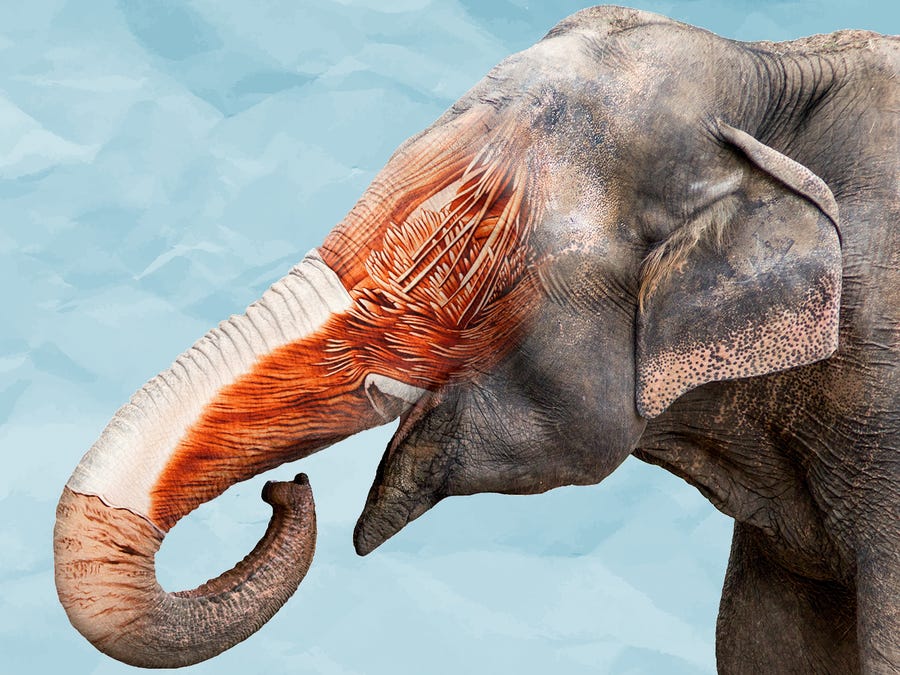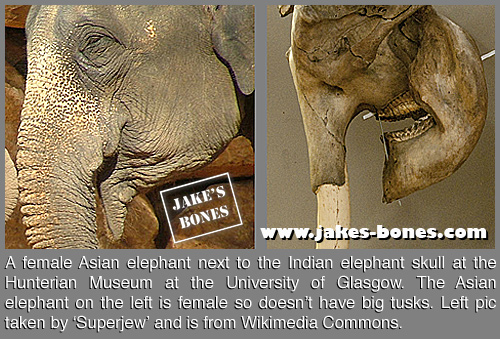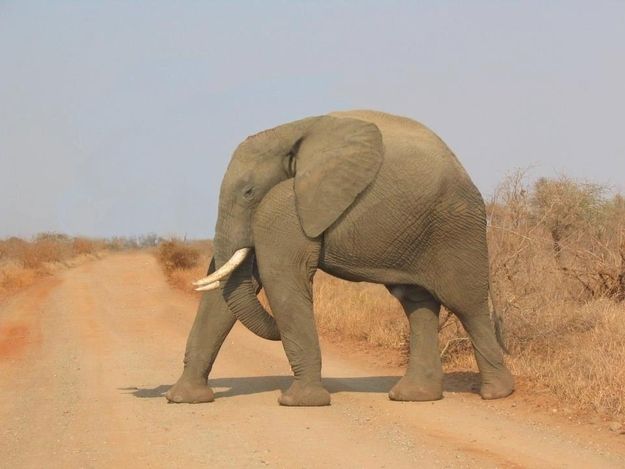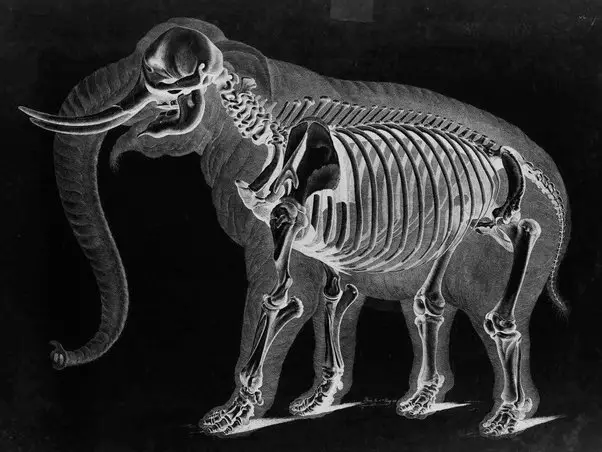Do Elephants Have Bones in Their Trunks

Elephants do not have bones in their trunks. The trunk is made of muscles, nerve endings, and skin, allowing it to be highly flexible and capable of various functions such as grabbing food or drinking water.
Anatomy Of An Elephant Trunk
Elephants have no bones in their trunks. Instead, their trunks are made up of thousands of muscles, nerve endings, and skin. This unique structure allows the trunk to be highly flexible, enabling elephants to perform a wide range of activities such as reaching up to grab food or down to drink water. The absence of bones also gives their trunks the remarkable capability to express emotions and communicate with other elephants through complex movements and gestures. This incredible adaptability and strength render the elephant trunk as one of the most astonishing and versatile body parts in the animal kingdom.
Credit: www.quora.com
Functionality Of Elephant Trunks
The functionality of elephant trunks is remarkable, as they are made up of thousands of muscles, nerve endings, and skin, allowing them to be highly flexible. Despite their size, elephant trunks do not contain any bones, which enables them to reach up to grab food or down to drink water with ease.
| Functionality of Elephant Trunks |
| Breathing Elephant trunks play a vital role in the breathing process. They use their trunks to inhale air, and then the air passes through their flexible nasal passages to reach their lungs. |
| Drinking and Eating Elephants also use their trunks for drinking and eating. They can fill their trunks with water and then transfer it to their mouths for drinking. When it comes to eating, they use their trunks to grab and lift food into their mouths. |
| Smelling The sense of smell is highly developed in elephants. They use their trunks to sniff out scents, helping them locate food, water, and even potential dangers. The trunk’s long length allows them to detect smells from far distances. |
| Communication Elephants use their trunks to communicate with each other. They can produce various sounds by exhaling air through their trunks, which can signify different emotions or messages to other elephants. |
| Tool and Weapon Elephants also use their trunks as a versatile tool and weapon. They can use their trunks to grab objects, manipulate things, and even defend themselves when necessary. |
Comparison Between African And Asian Elephant Trunks
An elephant’s trunk is its most iconic feature, but it may come as a surprise that it does not contain any bones. Instead, an elephant’s trunk is made up of thousands of muscles, nerve endings, and skin, making it highly flexible and versatile.
When it comes to the comparison between African and Asian elephant trunks, there is no significant difference in terms of the number of “fingers” they have. Both African and Asian elephants have two finger-like projections at the tip of their trunks, which they use for grasping and manipulating objects with great precision.
In conclusion, elephants do not have bones in their trunks, and the number of “fingers” on their trunks is the same for both African and Asian elephants.

Credit: www.jakes-bones.com
Do Elephants Have Bones In Their Trunks?
Do elephants have bones in their trunks? You might be surprised to learn that elephants do not have bones in their trunks. Instead, the trunk is made of thousands of muscles, nerve endings, and skin, which make it very flexible and capable of various movements, such as reaching up to grab food or down to drink water. This large, muscular appendage is devoid of any joints or bone, yet it is incredibly strong and versatile.
As for misconceptions and common questions regarding elephant trunks, it’s important to understand that the lack of bones in their trunks does not hinder their incredible capabilities. Elephants can use their trunks for a wide range of activities, showcasing the remarkable adaptability and strength of this unique feature.

Credit: www.quora.com
Frequently Asked Questions On Do Elephants Have Bones In Their Trunks
How Many Bones Are In An Elephant’s Trunk?
An elephant’s trunk does not have any bones. It is made up of thousands of muscles, nerve endings, and skin, which give it flexibility and the ability to grab food and drink water.
Why Does The Trunk Of An Elephant Have No Bones?
An elephant’s trunk has no bones because it’s made of thousands of muscles, nerve endings, and skin. This structure allows it to be very flexible and capable of reaching up to grab food or down to drink water.
What Is Inside An Elephant Trunk?
An elephant’s trunk is a flexible appendage made of pure muscle, with no bones or joints. It is used for various purposes, such as grabbing food and drinking water. The trunk is composed of thousands of muscles, nerve endings, and skin, allowing it to be highly versatile and adaptable.
Do Elephants Have A Bone In Their Leg?
No, elephants do not have bones in their trunks. The trunk is made up of thousands of muscles, nerve endings, and skin, making it very flexible.
Conclusion
An elephant’s trunk is a remarkable appendage made of muscle, skin, and nerve endings, capable of various intricate movements for grasping, feeding, and drinking. Despite its incredible flexibility, the trunk contains no bones or joints. This unique feature allows elephants to perform extraordinary tasks with their trunks, making it one of the most intriguing aspects of these majestic animals.




